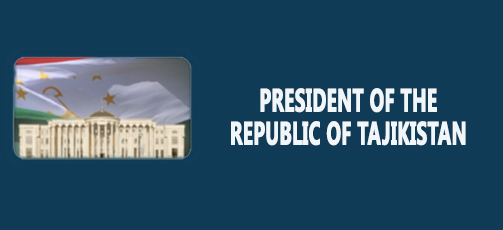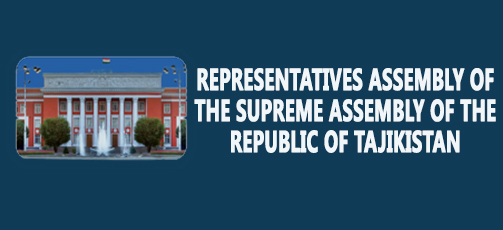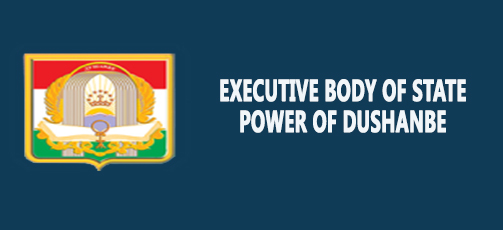BOMCA experts and Border Representatives discuss cooperation between border communities in Central Asia

Dushanbe, 21.11.2016. /NIAT “Khovar”/. On November 21, Technical Assistance Mission of Border Management Programme in Central Asia (BOMCA), funded by the European Union visits Dushanbe with the mission to support strengthening of the Local Border Traffic Regimes in Tajikistan, in particular, cooperation between local border communities, local authorities and law enforcement agencies at the borders. The mission will be conducted by the Latvian State Border Guard officials and Border Representatives of Latvia at the state border with Russian Federation and Belarus, Colonel Janis Kononovs and Lieutenant-Colonel Valdis Jukss, EU Office in Tajikistan reports.
“The main goal of this BOMCA activity is to contribute to modernisation of Local Border Traffic Regimes in Central Asia, adapting appropriate EU examples and promoting codification and practical implementation, including cooperation between local border communities, local authorities and law enforcement agencies at the borders of Central Asia” – says the EU Office message.
According to a source, during the meetings and discussions with the State Border Service officers and Border Representatives of Tajikistan, the expert team will present leading practices of the EU MSs in the area mentioned and together with national partners assess the ways of its adoption in the Republic of Tajikistan. Experts will present in details a comprehensive mechanism of local border traffic, which can simplify cross border movement. The involvement of the Border Representatives to support local border traffic regime functionality will be stressed and need of cooperation between Border Representatives will be promoted.
Recall that first BOMCA operations began in Central Asia in 2003, and since then, BOMCA has strengthened partnership of the Central Asia Governments in the field of border management. The European Union allocated a sum of EUR 33.6 million to BOMCA for the period of 2003 – 2014 and almost EUR 5 million for its 9th implementation phase (2015 — 2018).





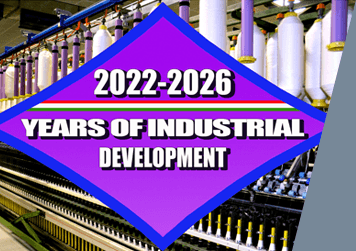




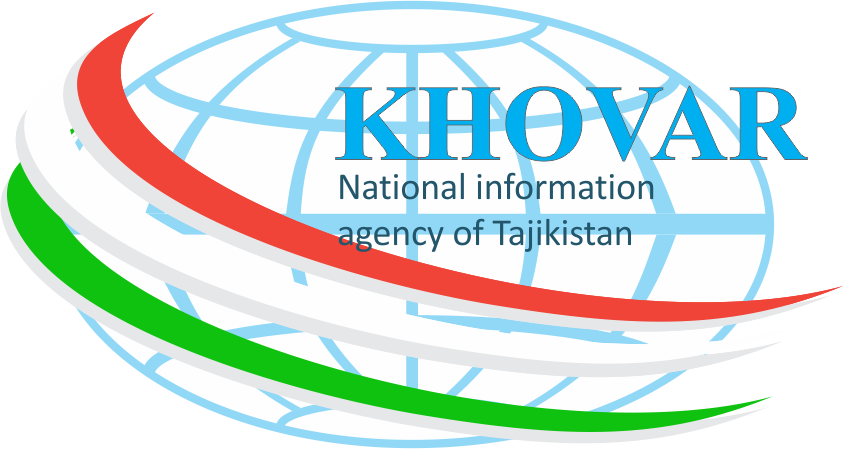
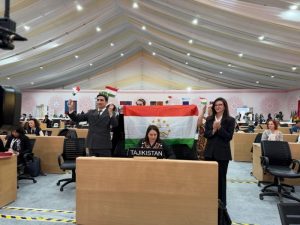 Tajik sumanak added to UNESCO Representative List of the Intangible Cultural Heritage of Humanity
Tajik sumanak added to UNESCO Representative List of the Intangible Cultural Heritage of Humanity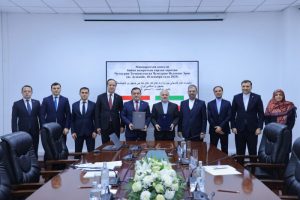 Tajik — Iranian consultations on consular issues were held in Dushanbe
Tajik — Iranian consultations on consular issues were held in Dushanbe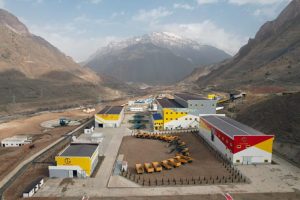 Dushanbe to host second International Mining and Metallurgical Forum
Dushanbe to host second International Mining and Metallurgical Forum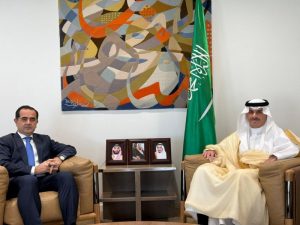 Tajikistan, Saudi Arabia discuss cooperation in consular affairs
Tajikistan, Saudi Arabia discuss cooperation in consular affairs Statement of the Press Center of the Border Troops of the State Committee for National Security of the Republic of Tajikistan
Statement of the Press Center of the Border Troops of the State Committee for National Security of the Republic of Tajikistan Tajikistan will host International Symposium dedicated to Ancient Khutal
Tajikistan will host International Symposium dedicated to Ancient Khutal Dushanbe to host SCO Youth Forum in 2026
Dushanbe to host SCO Youth Forum in 2026 Biogas in Rural Areas: A Real Solution or a Temporary Experiment in Tajikistan?
Biogas in Rural Areas: A Real Solution or a Temporary Experiment in Tajikistan? Tajikistan strengthens cooperation with the United States in the field of digitalization
Tajikistan strengthens cooperation with the United States in the field of digitalization Tajikistan, U.S. begin drafting agreement on air communications
Tajikistan, U.S. begin drafting agreement on air communications Tajikistan initiates synergy between the CIS, CSTO, and SCO approaches in the field of deradicalization
Tajikistan initiates synergy between the CIS, CSTO, and SCO approaches in the field of deradicalization Tajikistan to build first hydropower green data center in GBAO’s Darvoz district
Tajikistan to build first hydropower green data center in GBAO’s Darvoz district









